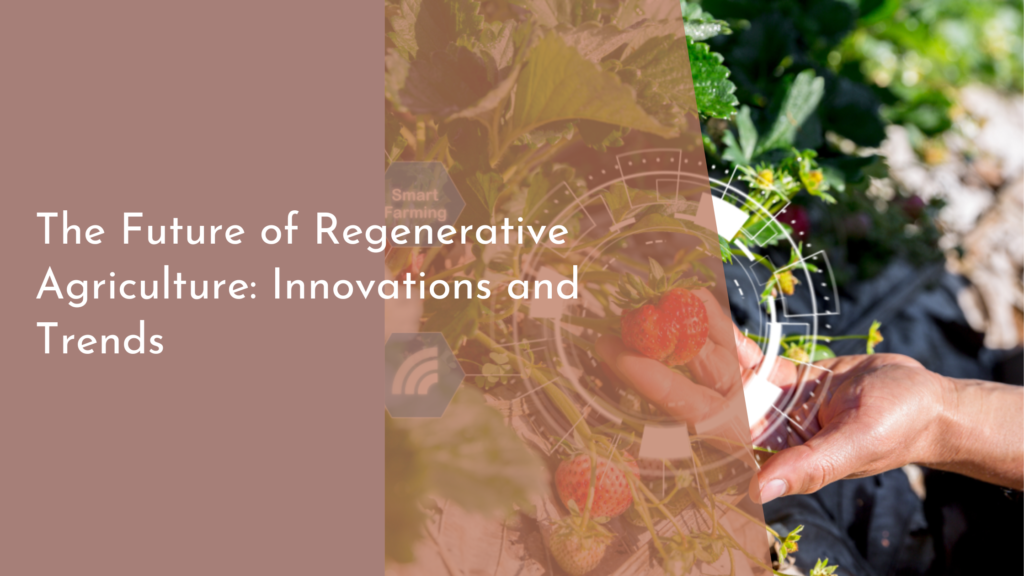Using Agroforestry to Build Resilient Food Systems
In a world increasingly challenged by climate change, population growth, and food insecurity, agroforestry emerges as a promising solution to building resilient food systems. This innovative practice combines agriculture and forestry to create sustainable ecosystems that are not only productive but also ecologically beneficial. By integrating trees into agricultural landscapes, farmers can enhance their livelihoods while improving the environment. This article delves into the multifaceted advantages of agroforestry, showcasing how it can lead to healthier crops, better soil, and empowered communities.
Embracing Agroforestry: A Path to Food Resilience
Agroforestry represents a holistic approach to food production, where trees are purposefully integrated with crops and livestock. This synergy not only maximizes land use but also diversifies income sources for farmers, reducing their reliance on single crops. As climate patterns grow increasingly unpredictable, resilient food systems built on agroforestry can withstand droughts, floods, and pests. By cultivating a variety of food sources, farmers can better adapt to changing conditions, ensuring a steady food supply for their communities.
Moreover, the incorporation of trees into farming practices offers a natural buffer against environmental stressors. For instance, tree canopies provide shade, reducing temperature extremes for crops and livestock. This microclimate can lead to higher yields and reduced water requirements. By embracing agroforestry, farmers are not just cultivating crops; they are nurturing a thriving ecosystem that supports biodiversity and enhances food security for future generations.
The Benefits of Diverse Crops in Agroforestry Systems
The diversity of crops in agroforestry systems is one of its greatest strengths. By planting a mix of species, farmers can mitigate the risks associated with monoculture, such as pest infestations and soil degradation. Different plants have varied nutrient needs and pest resistances, allowing for a balanced ecosystem where competition and cooperation occur naturally. This diversity not only supports healthier plants but also enhances the resilience of the entire system.
Additionally, diverse crops can lead to improved nutritional outcomes for communities. With a wider variety of fruits, vegetables, and grains, families can enjoy a more balanced diet, reducing malnutrition and promoting overall health. As agroforestry encourages the cultivation of traditional and indigenous crops, it also helps preserve local food heritage, creating a deeper connection between people and their food sources. This cultural aspect is vital in fostering a sense of community and identity, strengthening food systems even further.
Enhancing Soil Health and Biodiversity Through Trees
Trees play a crucial role in enriching soil health within agroforestry systems. Their roots help to stabilize the soil, preventing erosion and facilitating water retention. Additionally, leaf litter from trees adds organic matter, providing essential nutrients for crops. This natural recycling process fosters a fertile ground where plants can thrive. Healthier soil leads to more robust crops, ultimately enhancing food production and reducing the need for synthetic fertilizers.
Moreover, the presence of trees significantly boosts biodiversity. They provide habitats for various wildlife, from pollinators to beneficial insects, which in turn support crop growth. These natural allies help in pest control and pollination, creating a balanced ecosystem that further enhances resilience. By fostering biodiversity, agroforestry systems contribute to ecological sustainability, ensuring that food systems remain robust and adaptable in the face of environmental challenges.
Community Success Stories: Agroforestry in Action!
Around the world, communities are harnessing the power of agroforestry to transform their food systems and livelihoods. In regions like East Africa, farmers have successfully integrated fruit trees into their crop fields, leading to increased yields and income diversification. These farmers report not only improved food security but also greater resilience against climate shocks. By sharing knowledge and practices, communities are creating networks of support that empower each other in the face of adversity.
In Latin America, indigenous communities are reviving traditional agroforestry techniques that have been passed down through generations. By blending their ancestral knowledge with modern practices, they are enhancing biodiversity and restoring degraded lands. These initiatives not only provide food but also strengthen cultural ties and promote environmental stewardship. Such success stories illustrate the potential of agroforestry to create vibrant, resilient communities capable of facing the challenges of today and tomorrow.
Agroforestry is more than just an agricultural technique; it’s a pathway to sustainable food systems that honor both people and the planet. By embracing diverse crops, enhancing soil health, and fostering community collaboration, we can build resilience in our food systems. The joyful stories emerging from communities worldwide serve as a testament to the transformative power of agroforestry. As we look to the future, let us cultivate these practices and nurture our connection to the land, ensuring a thriving food system for generations to come!

